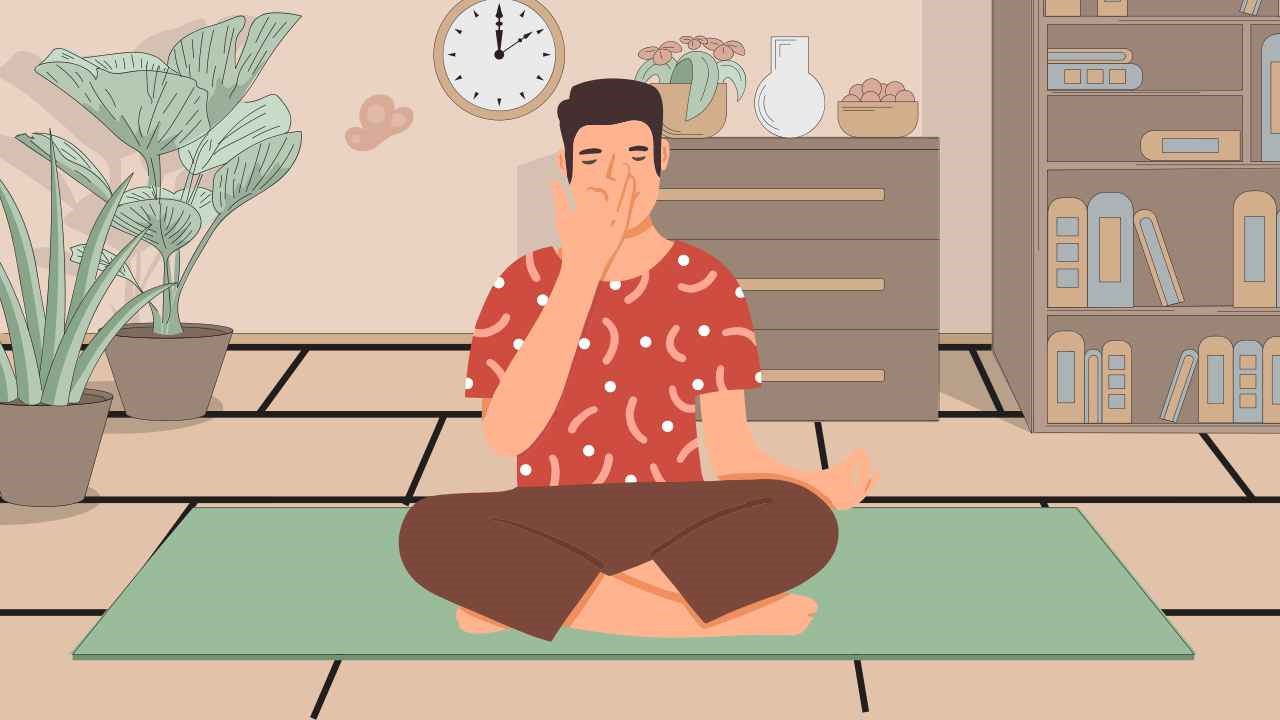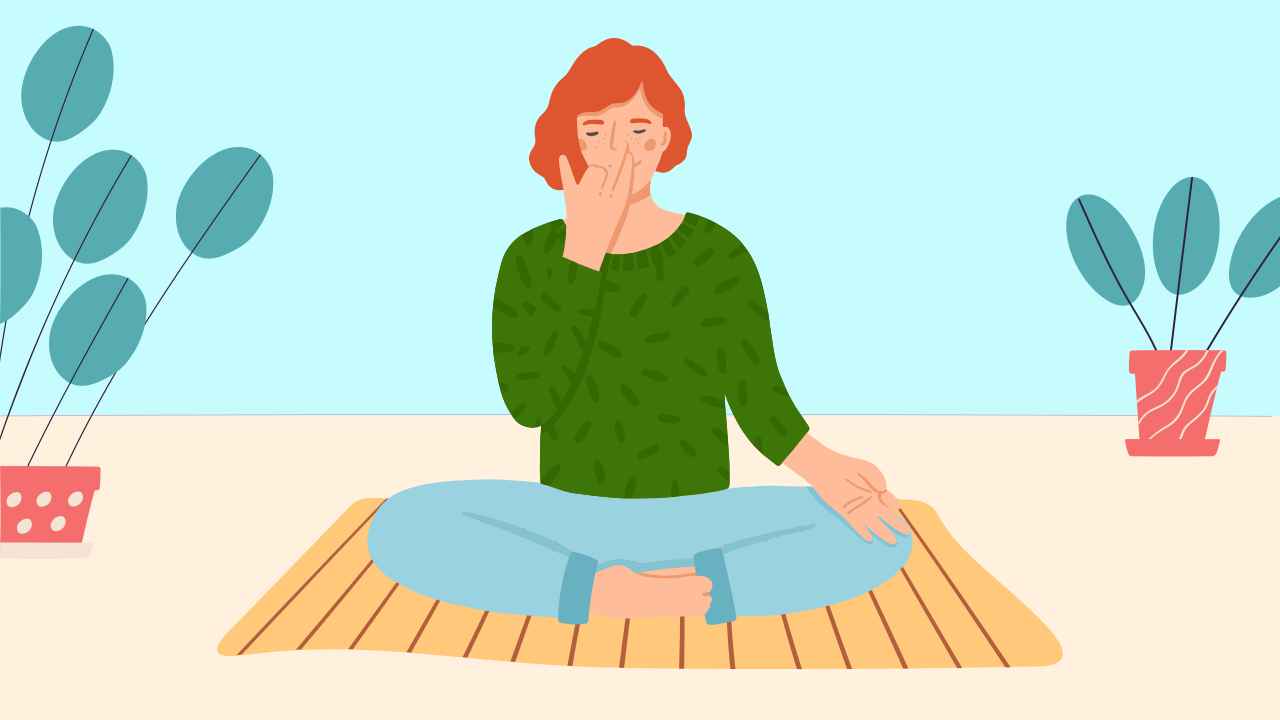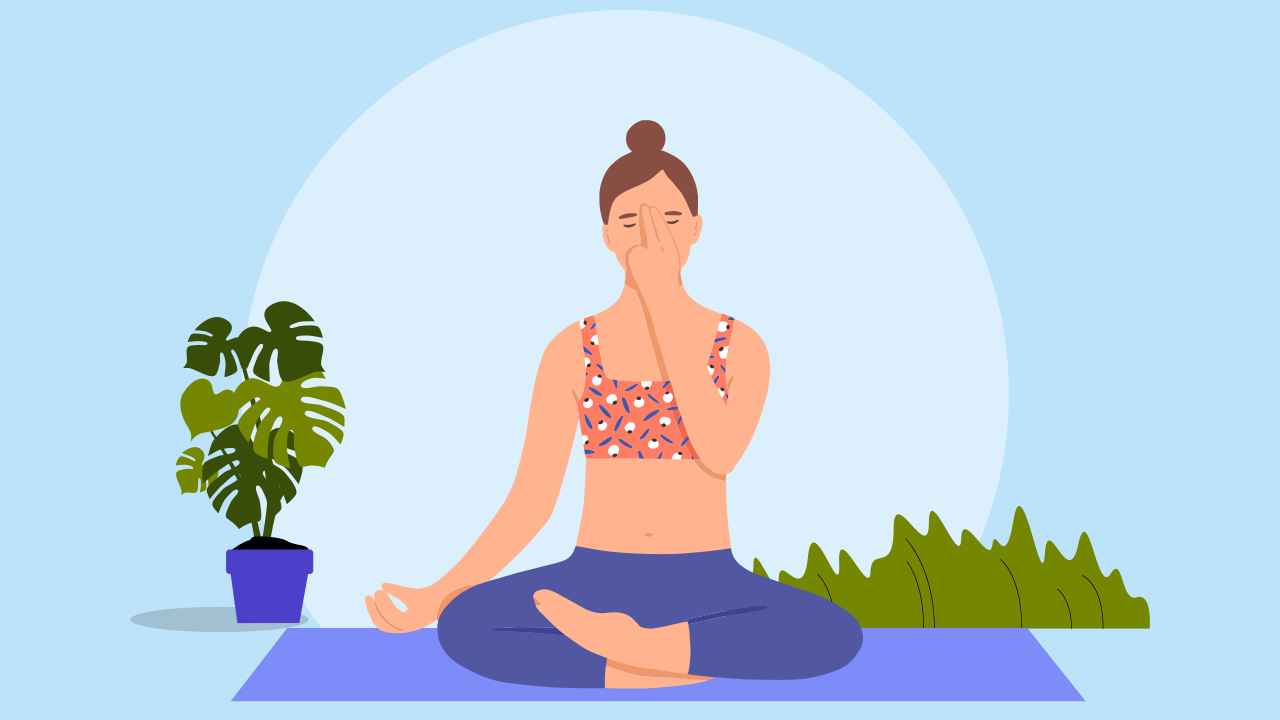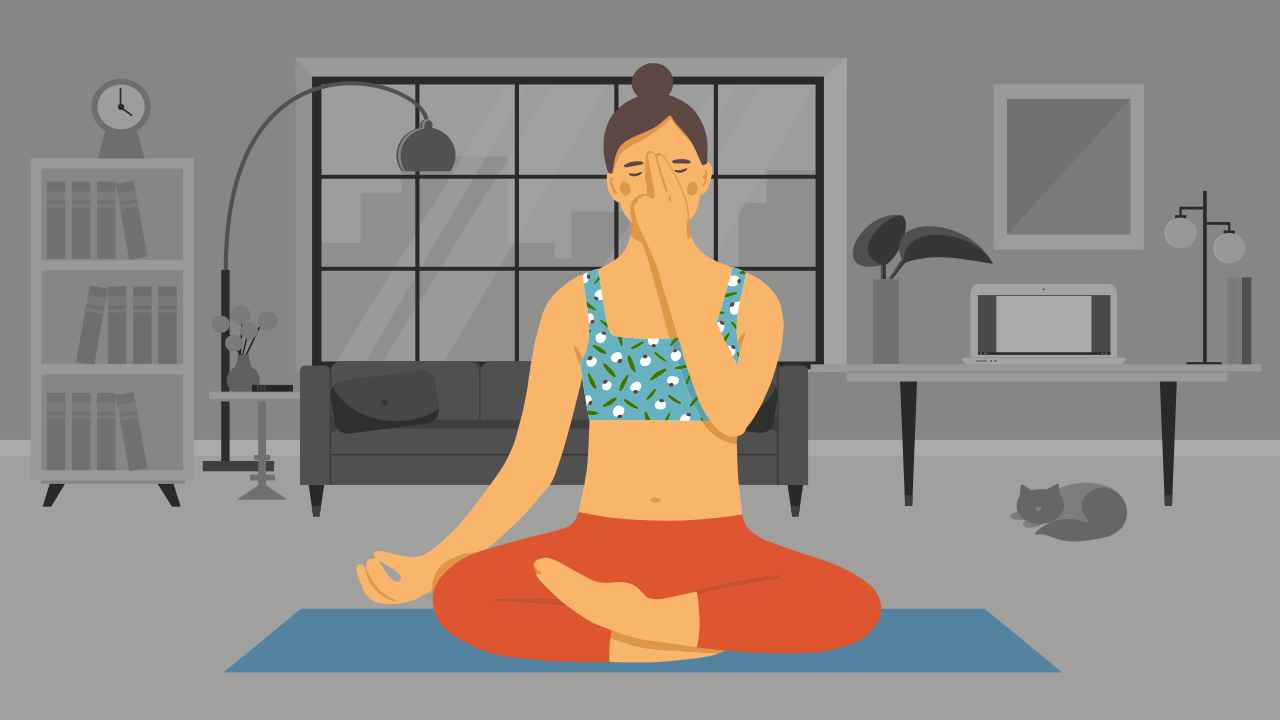
How to Choose the Perfect Yoga Mat
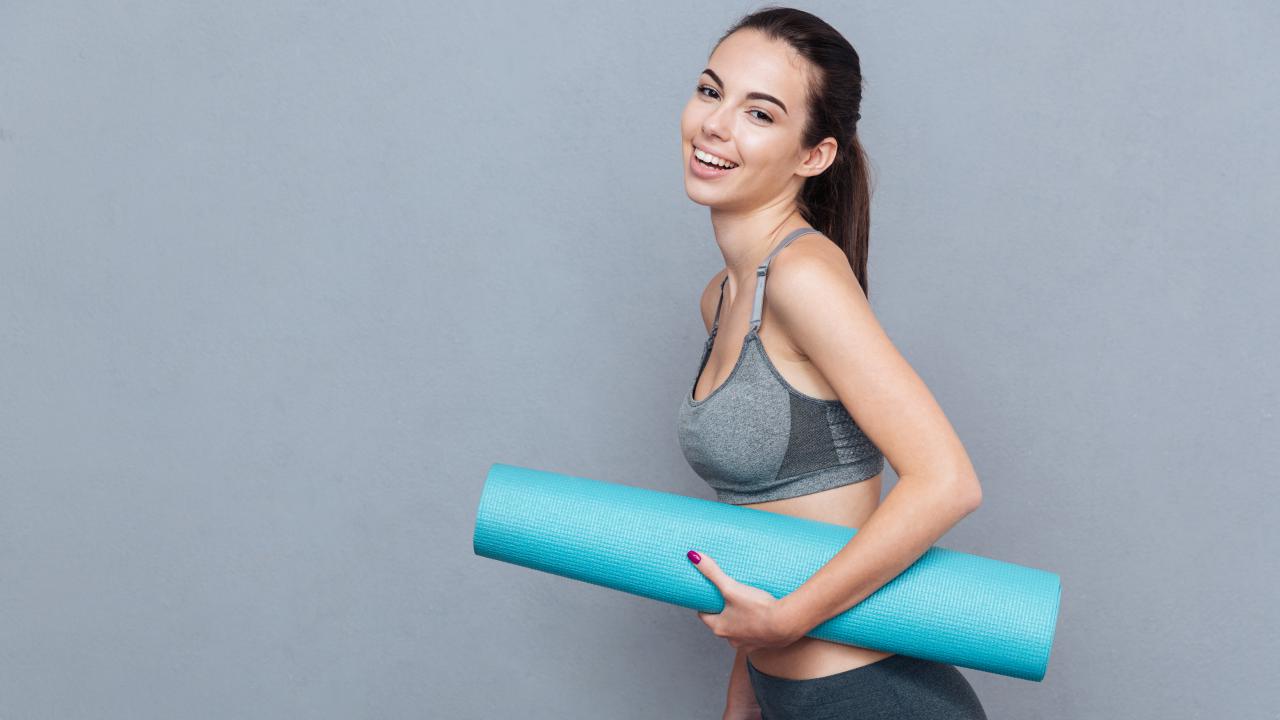
A yoga mat is a 6ftx2ft floor pad or cushion you can use to practice yoga. Yogis use mats to create a layer between their body and the hard ground. It can also help you perform asanas better.
Before we tell you how to pick up the perfect yoga mat, let’s delve briefly into its history. Ancient texts suggest that early yogis practiced asanas directly on grass and the hard earth. This is primarily because earlier yogis performed meditative seated postures. The present-day concept of a yoga mat came into existence as late as the 1980s or 1990s as the physical practice of asanas gained popularity in the West.
Factors to consider before choosing a yoga mat
Your yoga mat needs to tick some boxes for you to perform asanas optimally. Check out the factors you should keep in mind before you select one.
Stability
Yoga asanas revolve around the concept of balance and stability. Most of the poses (standing and balancing) work on strength building through isometric contraction in asanas. Yoga mats help provide stability to beginners or those with medical conditions. They provide a sturdy, stable ground and help prevent injuries in case of falls or slips.
Grip
You need a steady grip to perform a difficult asana. You will find it a lot more challenging to execute the pose if your yoga mat cannot provide a stable grip. It will lead to poor posture with loss of engagement of the muscles. Sometimes, routines like hot yoga or power yoga can make you sweat more, loosen your grip, and cause a fall. It’s wise therefore, to go for non-slippery or skid-free yoga mats.
Cushioning
If you are suffering from any health condition, you could pick a thick, cushioned yoga mat. Beginners or novices also need padding to prevent unnecessary pressure on the back or the knees. Besides, a cushioned mat is ideal for those who wish to begin practicing inversions such as headstands.
Eco-friendly
A lot of yogis believe in ethical living. You can do your bit for the planet as well by opting for mats made out of recycled material, cork, straws, tree fiber, or even traditional woven rugs. Sustainable mats last longer and are much more durable than cheaper options, too.
Which material is best?
Yoga mats come in various materials. Find out which scores over the others before picking your own.
PVC (Polyvinyl Chloride)
Yoga mats were first made using PVC. It is, however, said to have detrimental effects on human health and overall well-being, in addition to negative environmental impact. It may be cheap, washable, and provides a good grip, but it is highly toxic and best left unused.
TPE (Thermoplastic Elastomers)
It is a better and cheaper alternative to PVC mats, and is lightweight, easily transportable, and washable. It also provides insulation and is resistant to bacterial growth. TPE mats last a long time if maintained properly.
Cork/ PU/ Natural rubber
A cork yoga mat combined with natural rubber has an excellent grip, is durable, and resists bacterial growth on the surface. It is a great insulator, non-slippery, and biodegradable, which makes it slightly more expensive than synthetic mats.
Cotton
Cotton yoga mats last a lifetime. Due to its innate nature, cotton absorbs sweat and is biodegradable. Additionally, they have a great grip and can be used for intensive yoga practices. Check the softness and cushioning before picking one.
In addition to the above factors, the color, design, and aesthetic of the mat are certain variables that might play a role while picking your mat.
Yogis have and will continue to practice yoga on all kinds of surfaces. The practice of yoga is that of liberating yourself from the clutches of the external world and diving deeper within. If a yoga mat is something that assists you on that journey, get one. If not, feel free to practice yoga anywhere.
Reference
1. Alex Larryngton. How to Choose a Yoga Mat Material [Pros and Cons] How To Choose a Yoga Mat Material [Pros and Cons] (alexlarryngton.com) (accessed March 2021)




